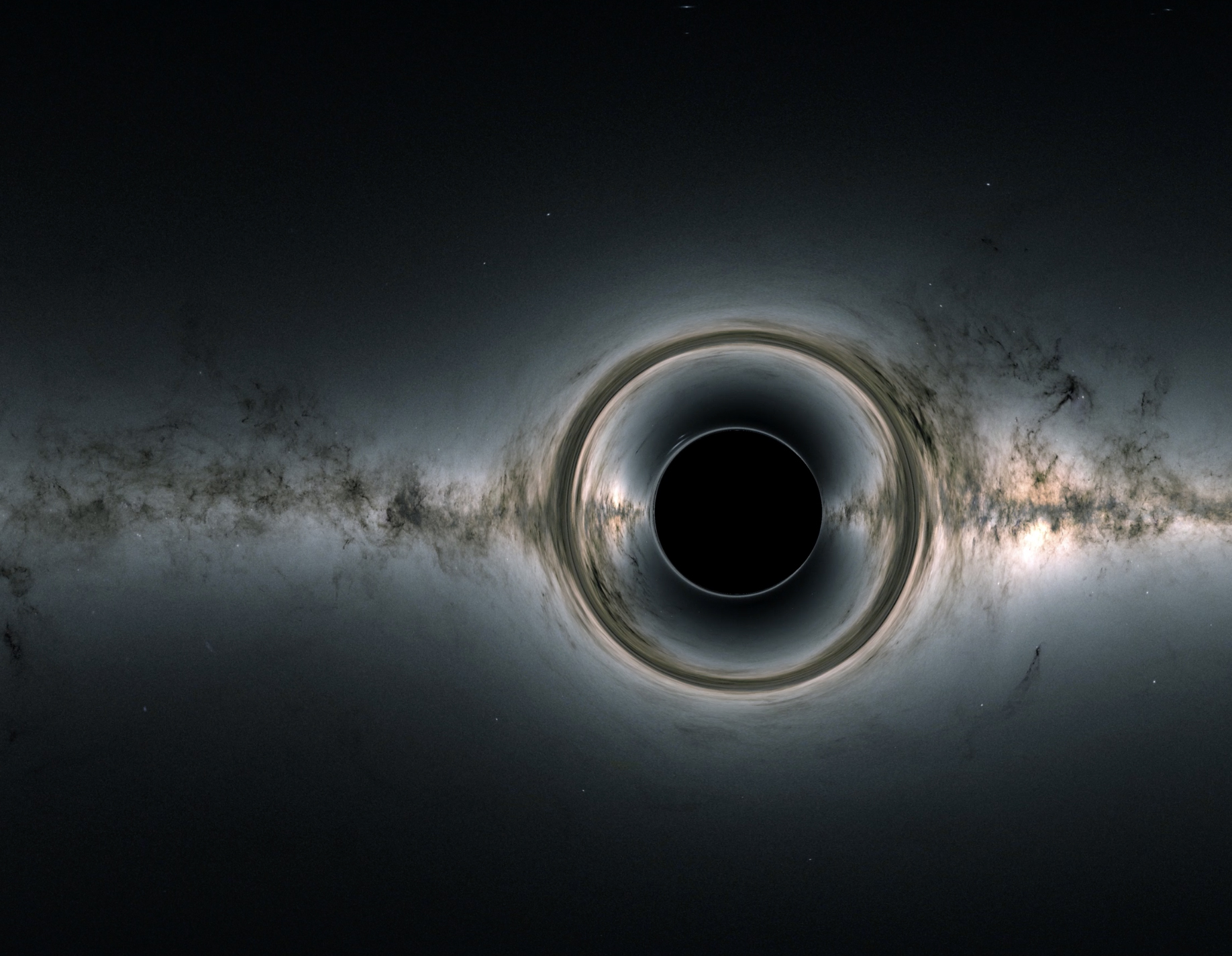

The stellar remnants are pulled into a donut-shaped ring around the black hole, and will eventually fall into the black hole, unleashing a tremendous amount of light and high-energy radiation. The star is shredded as tidal forces pull it apart. These are all characteristics that can be found in the real image obtained forty years later by the EHT, which shows just how accurate this first simulation was. The stars outer gasses are pulled into the black holes gravitational field.

This is because there are two effects that should shift the radiation that reaches us from the disc: the Einstein effect, in which the gravitational field reduces its frequency and decreases its intensity, and the Doppler effect, in which the displacement of the source in relation to the observer produces an increase in frequency when the source approaches and a decrease when it moves away: an effect caused by the rotation of the accretion disc around the black hole.
BLACK HOLE REAL IMAGE FULL
Scientists are currently working on capturing Sagittarius A in its full glory. Luminet envisioned it as a black circle, which had not yet become known as the shadow of the black hole, in the centre of a luminous accretion disc, with one side clearly brighter than the other. This is when scientists could release the first image of the Milky Ways black hole. The simulation of a black hole published in 1979 © Jean-Pierre Luminet/CNRS Photothequeįirst image of the shadow of a black hole: the supermassive black hole in the centre of the M87 galaxy, observed by the EHT network © The EHT collaboration It is not an artist's view but an image based on the then supposed physical properties of a black hole and its gas disc, such as its rotation rate and temperature, and on Einstein's general theory of relativity. That black hole has a mass equal to six and a half billion Suns but is only 38 billion km (24 billion miles) across. In 2017 the Event Horizon Telescope obtained an image of the supermassive black hole at the centre of the M87 galaxy. , it had a worldwide impact, especially since this type of object was still highly theoretical. In 2019, the Event Horizon Telescope (EHT) collaboration produced the first-ever image of a black hole, which lies at the center of the M87 galaxy 55 million light-years from Earth. Supermassive black holes have been detected in other galaxies as well. Astronomers have a new, more complete picture of the supermassive black hole at the center of the M87 galaxy, the first black hole to ever be imaged.

Published in 1979 in Astronomy and Astrophysics 2


 0 kommentar(er)
0 kommentar(er)
